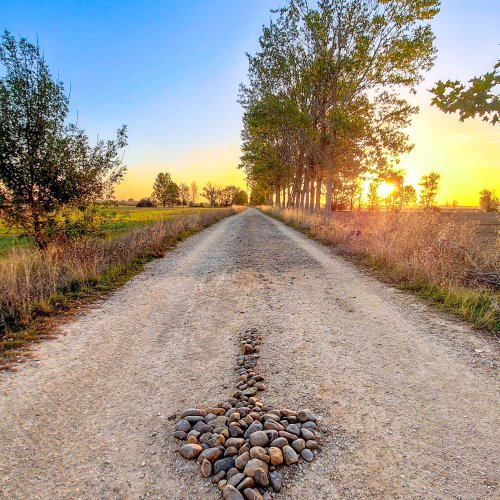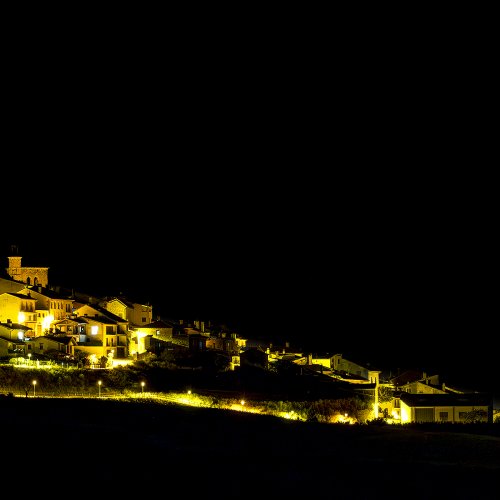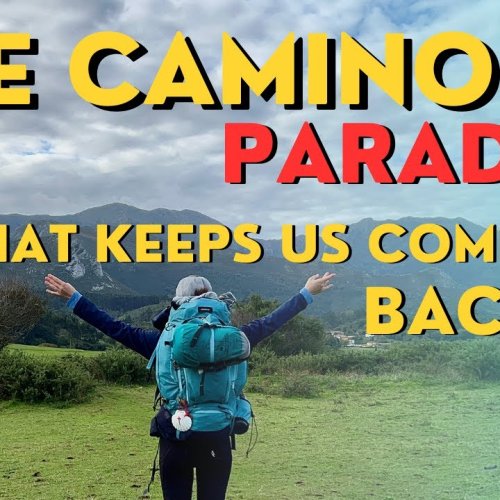Thank you all and......I want to put what may be a dumb question out there - do you have to adjust your stride in any way when you use poles?
Just my experience.......
In a word No. Your stride should be natural and comfortable.
First practice with the poles just dragging them behind you.
Then start to swing your arms naturally.
Then allow the pole tips to engage the ground, with the poles at about 45 degrees.
As that feels OK, start to put downward pressure on the poles, pressing down on the hand loops, not gripping the pole too hard. Your fingers are really just holding the pole in position. Lightly touching the grip.
As you put downward pressure with each stride, you should feel a corresponding upward/forward boost.
You then adjust where to place the pole tip to suit.
With the pole more upright, you will get more upward lift/support.
With the pole at a greater angle, you get more forward propulsion.
By the end of the first day on Camino you will 'get it'.
Going up steep hills the poles were almost vertical as I pushed down on them. I would guess 10-15 kg of downward pressure on a steep hill.
On the flat they were more at 45% helping to push me along.......
Going downhill I planted them in front of me and leant on them. maybe 10-20 kg of pressure on a steep decline. That's taking 10-20kg off your knees and into your arms!
The thing most people get wrong is this..........
To take weight off your joints and help propel you along..........you need to put downward
pressure on the poles! Otherwise they are merely 'outriggers' helping you balance and nothing else.
There are many interesting views on poles....... For me, they were probably my most important piece of equipment. A toss up between my poles and my boots! I could have continued without boots, in my trekking sandals. Not sure I could have made it without the poles without a lot more pain and injury..
























